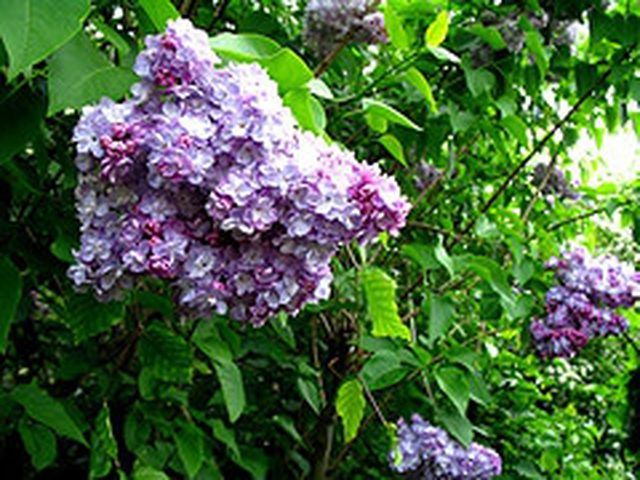Bulbs
Flower Basics
Flower Beds & Specialty Gardens
Flower Garden
Garden Furniture
Garden Gnomes
Garden Seeds
Garden Sheds
Garden Statues
Garden Tools & Supplies
Gardening Basics
Green & Organic
Groundcovers & Vines
Growing Annuals
Growing Basil
Growing Beans
Growing Berries
Growing Blueberries
Growing Cactus
Growing Corn
Growing Cotton
Growing Edibles
Growing Flowers
Growing Garlic
Growing Grapes
Growing Grass
Growing Herbs
Growing Jasmine
Growing Mint
Growing Mushrooms
Orchids
Growing Peanuts
Growing Perennials
Growing Plants
Growing Rosemary
Growing Roses
Growing Strawberries
Growing Sunflowers
Growing Thyme
Growing Tomatoes
Growing Tulips
Growing Vegetables
Herb Basics
Herb Garden
Indoor Growing
Landscaping Basics
Landscaping Patios
Landscaping Plants
Landscaping Shrubs
Landscaping Trees
Landscaping Walks & Pathways
Lawn Basics
Lawn Maintenance
Lawn Mowers
Lawn Ornaments
Lawn Planting
Lawn Tools
Outdoor Growing
Overall Landscape Planning
Pests, Weeds & Problems
Plant Basics
Rock Garden
Rose Garden
Shrubs
Soil
Specialty Gardens
Trees
Vegetable Garden
Yard Maintenance
How to Care for Lilac Trees
How to Care for Lilac Trees. Lilacs display their beauty for several weeks in the late spring and early summer months. Lilacs can be planted as either a tree or a shrub--both are equally astounding in color, hardy and long lasting. Follow a few guidelines to care for a lilac tree and ensure that it blooms in full radiant blossoms from year to year.

Lilacs display their beauty for several weeks in the late spring and early summer months. Lilacs can be planted as either a tree or a shrub--both are equally astounding in color, hardy and long lasting. Follow a few guidelines to care for a lilac tree and ensure that it blooms in full radiant blossoms from year to year.
Things You'll Need
Bonemeal
Garden hoe
Handheld tree trimmers
Feed the tree. Lilacs require nitrogen to produce beautiful blooms. You can provide the necessary ingredients by fertilizing your tree with bonemeal. Fertilizing should be done in the early spring. Simply till the soil surrounding the tree roots by using a garden hoe and mix bonemeal into the dirt. Use at least 3 oz. of bonemeal per square yard covering the roots of the tree.
Deadhead flowers. As soon as a lilac flower has begun to wither, remove it. This will promote new growth of buds and encourage the blooming of a fuller tree next season.
Remove suckers. In the weeks following the last of the lilac tree blossoms, remove any suckers or new twig growth. To remove suckers, simply clip them off by using a handheld tree trimmer. By doing this at the end of each season, your tree will remain shapely and not become scraggly.
Prune. In the late fall months, prune the established limbs of the lilac tree. By removing dead limbs and damaged branches, you will promote a full bloomed tree the following season. This also allows the sunlight to reach all of the branches.
Tips & Warnings
When planting a new lilac tree, do not plant it near your house or any building with a slab.
Use caution to avoid overdosing your lilac tree with nitrogen. Feeding the tree should only be done once a year.